- When they first emerged, the autoflowering genetics revolutionised the cannabis world, especially for those growers in cold regions with short summers. Even though the size, quality and stability of the first few generations of these plants were far from their close relatives’, the photodependent varieties, nowadays the quality standards of the automatic strains have become much higher thanks to the application of breeding techniques.
- In this grow report, our partner Debry shares his experience of growing our Cheese XXL Auto in Russia.

This report is about how to grow a large crop in the wild, with a minimum of effort. I will share my observations verified in practice. I will talk about this with the example of the Cheese XXL Autoflowering strain. This is a very stable genetics that gives truly amazing results. One of the most useful achievements of the cannabis industry is the auto flowering variety. Moreover, XXL varieties can please with a huge harvest and powerful effect. This makes them indispensable in areas, where the summer is short and unpredictable, and the weather is harsh.
Choosing correct location
In my opinion, this is an essential moment. If you grow in your backyard, then you may not read this text further. Finding a good place suitable for your aims in the wilderness means 50% of success. A truly ideal place will thank you with a good harvest, and you should expect poor results in an unsuitable one. It is necessary to approach this issue with great responsibility. An ideal place meets the following conditions:
- The sun. Without the sun, nothing will grow, place should be as sunny as it is possible.
- The soil must be fertile and loose, it must breathe.
- The place should be protected from unwanted guests and wild animals as much as possible. Bushes, tree branches, everything that helps to protect your spot, and lets through the sun at the same time.
- Water. It is very good if your spot has spring nearby or it may be supplied with fresh water easily.
If all these conditions are met, then you can wait for a good harvest. Of course, if you have chosen the right genetics and you have healthy seedlings.
- Germination. I germinate the seeds like this: for 2-3 days the seed lies in a moisturized gauze, after the root comes out I put it on a substrate. Sprouts are being kept for about 1 week on the windowsill on the south side. The main thing here in the first weeks after the cotyledon appeared is not to OVER-pour-dry-burn. No fertilizer at this stage, only water. I pour a little mycorrhiza onto the surface of the soil and, when the sprout is pulled out high enough, cover it up with soil. Nothing more! Let it grow calmly. Then for 2-4 weeks I take the pots out into the street under the spunbond greenhouse. This material protects against wind and night temperature extremes. At this stage, I also do not fertilize anything. When the plant gets stronger, I take it out in to the wild open spot.
- Spot preparation. Before planting, I thoroughly fertilize the place. Usually I bring everything needed a week before planting. I remove grass and shrubs around. I dig the soil, add fertilizer and hydrogel. I use azotobacteria and phosphobacteria. Mycorrhiza is also very useful. You can shed the beds with a solution with trichoderma, this will protect against fungal diseases and strengthen the plant in the future. Trichoderma should be used carefully, as it can inhibit other beneficial mycorrhiza. Despite the fact that I am a supporter of organic cultivation, I add a pinch of azofoska granules, they will gradually decompose and in the future will not harm already grown plants.
- Preparation of the substrate. If the soil on-site is not the very best one, but the place is very good, then I bring the substrate with me. Approximately 30-60 liters for each autoflower. My recipe:
- perlite and vermiculite 15%
- coconut fiber 15%
- compost 10%
- main soil
- acidity is neutralized with dolomite flour and ash.
Here is a quote from a Czech writer:
"Good soil, like good food, should not be either too greasy, heavy or cold, nor too moist or dry, nor soft, nor hard, nor powdery, nor moist: it should be like bread, like a gingerbread, like a bun like risen dough; should fall apart, but not crumble; should crackle under the spade, not slurp; during turning it should not turn into benches, heads, layers, dumplings, but should, with a sigh of relief, disintegrate into lumps and coarse dust. This is the soil edible and tasty, cultivated, breathable, soft, in a word, good soil, as good people are. " Karel Capek.
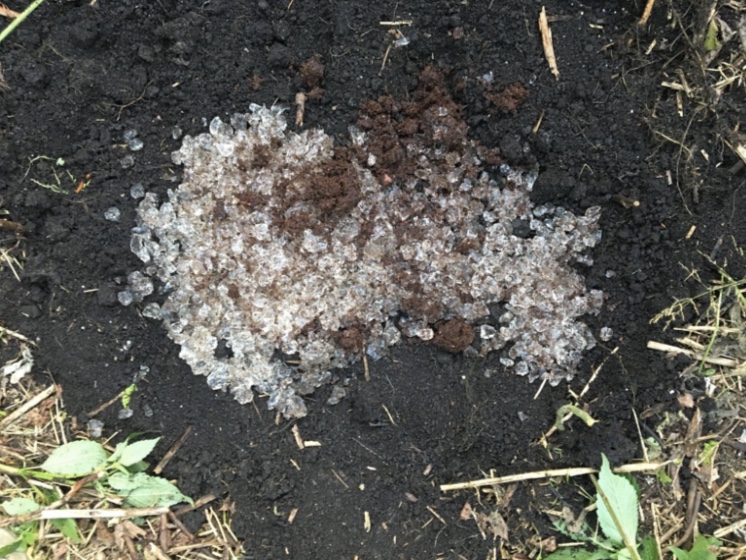
In partisan cultivation, a hydrogel is very useful. In August, we often experience drought, and if you add about 10% hydrogel to the substrate, plants with less stress will experience drought, and in the early stages they will not need rain and frequent watering. I mix the hydrogel with the main substrate so that it is distributed evenly over the entire area.
Temperature conditions. As I mentioned above, I take the plants outside on the second week. Night temperatures at this time (early May) can drop to +5C. Plants grow slowly, but this stretches their vegetative stage and, already in June, when the temperature at night is +11 ... + 15C, the plants begin to grow very intensively. This is a kind of temperature training, which not everyone can survive. After this, the plants become more resistant to cold nights and temperature extremes. The entire cycle to full maturity takes around 80 days. Thus, the vegetative phase and flowering fall on the warmest months of the year. It is very important to prevent any stress in the first three weeks of growth. Autoflowers are VERY delicate and sensitive. Burns, overpouring, temperature spikes can lead to irreversible consequences and you will get dwarf plants, waste time and energy. Therefore, if autoflower has experienced severe stress and large delays in development are visible, I do not plant it in the wild. It's better to select the strongest and largest plants, or even sprout new seeds.
The Report
Planting on Jun-16-2019. This seedling is about 1 month from the seed. Thoroughly mulch the place after planting, water it with a root system stimulator. It is very important not to damage the small seedling. The day before the planting, I very well watered a pot with a plant so that an soil lump easily leave the pot. The plant is carefully sprayed with ZIRCON. It helps with the stress of transplantation.
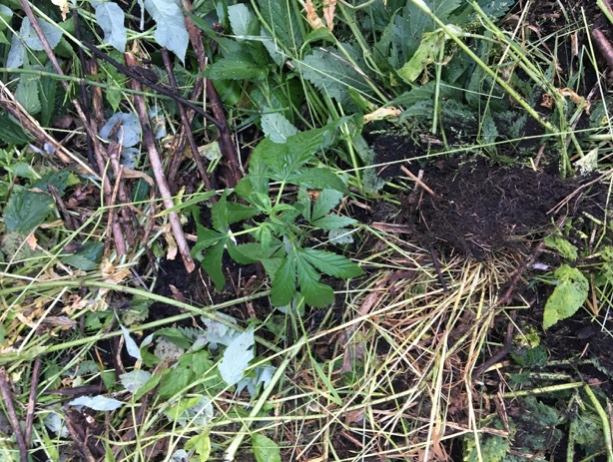
Vegetation period
Jul-21-2019. On the right is Cheese XXL Auto. On the left - Moby Dick. The plants are feeling great. No diseases or pests were noticed. Spraying with HAKAFOS. Watering with fertilizers for vegetation. The place is thoroughly cleaned of grass.
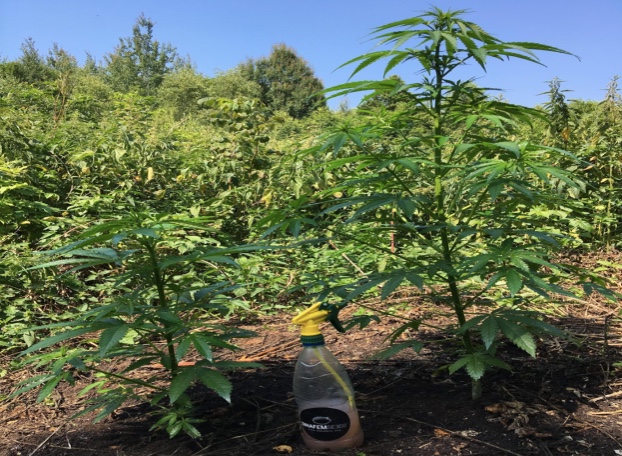
Flowering Period
Aug-18-2019. Spraying with hakafos. Watering with bacteria EM-1, SIYANIE. The plant feels great. No illnesses. Height is approximately 165 cm. Weather conditions for August 2019. Normal weather conditions. Nighttime temperatures drop to +12.
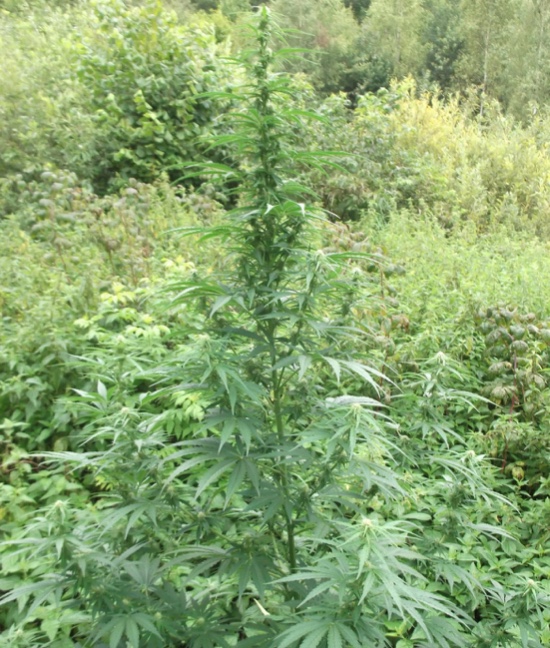
Harvest
Sep-2019. I cut a half of the bush, other half was left for blooming for a couple of weeks more. But the weather worsened and I had to take the remainder after 10 days. The bushes are huge, about 2m in height. The buds are dense and heavy, with a strong odor within a radius of 5 m. Over this month, they have grown very much. A real monster! Weather conditions for September 2019. The weather has turned bad. On Sept-23-24-2019, in this area the temperature was -3 ..- 5 degrees C at night. Luckily, the bushes managed to bloom.
Weather conditions for September 2019. The weather has turned bad. On Sept-23-24-2019, in this area the temperature was -3 ..- 5 degrees C at night. Luckily, the bushes managed to bloom.
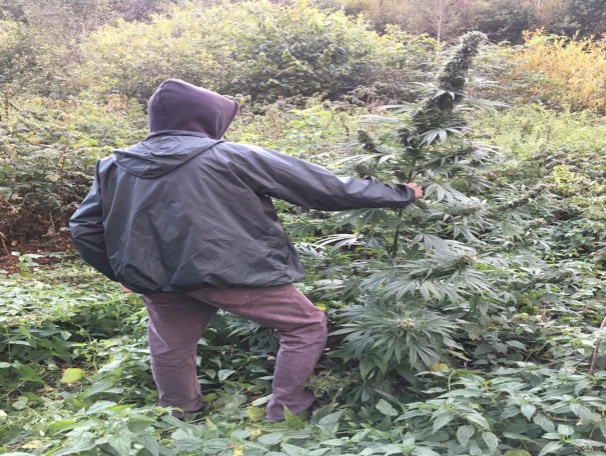
Conclusion. I have been growing Cheese XXL Auto for the third year in a row. This is a great strain with stable genetics. Stress resistant, normally tolerates cold. Buds are very dense and large. From one bush this time I got 240g of trimmed buds! This is a great result. I will definitely grow this strain again and I strongly recommend it for everyone to try!



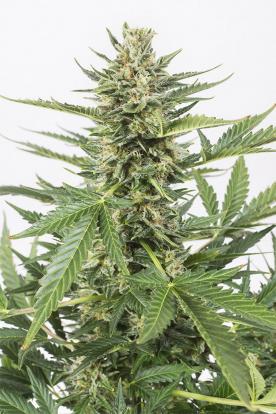
Comments from our readers
There are no comments yet. Would you like to be the first?
Leave a comment!Did you like this post?
Your opinion about our seeds is very important to us and can help other users a lot (your email address won't be made public).